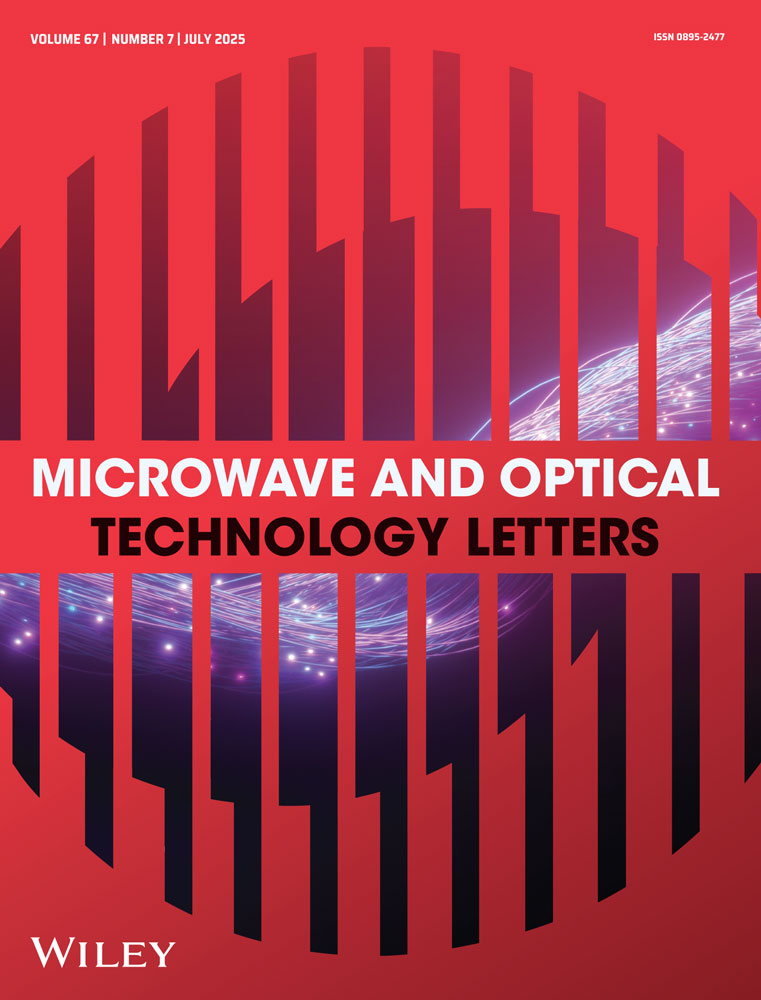Temperature Stability of Optical Fiber Transmission Spectrum at Small Bending Radius
ABSTRACT
This study leverages the principles of “Whispering Gallery Mode” (WGM) and bending loss to investigate the transmission spectrum of single-mode fibers under such conditions. Our experiments demonstrate that at a bending radius of 5.5 mm, with temperatures ranging from 25°C to 65°C at the bending point, the mean wavelength exhibits regular oscillations with an amplitude of 110.7 ppm, closely matching our simulation results of 113.9 ppm. By fine-tuning the material properties of different fiber sections, we can effectively mitigate these oscillations, thereby reducing sensing errors attributed to spectral modulation. This approach improves the transmission temperature stability of the fiber, which is of great significance for improving sensor performance and suppressing noise, and paves the way for more reliable and accurate fiber optic sensors.
Open Research
Data Availability Statement
The data that support the findings of this study are available from the corresponding author upon reasonable request.




